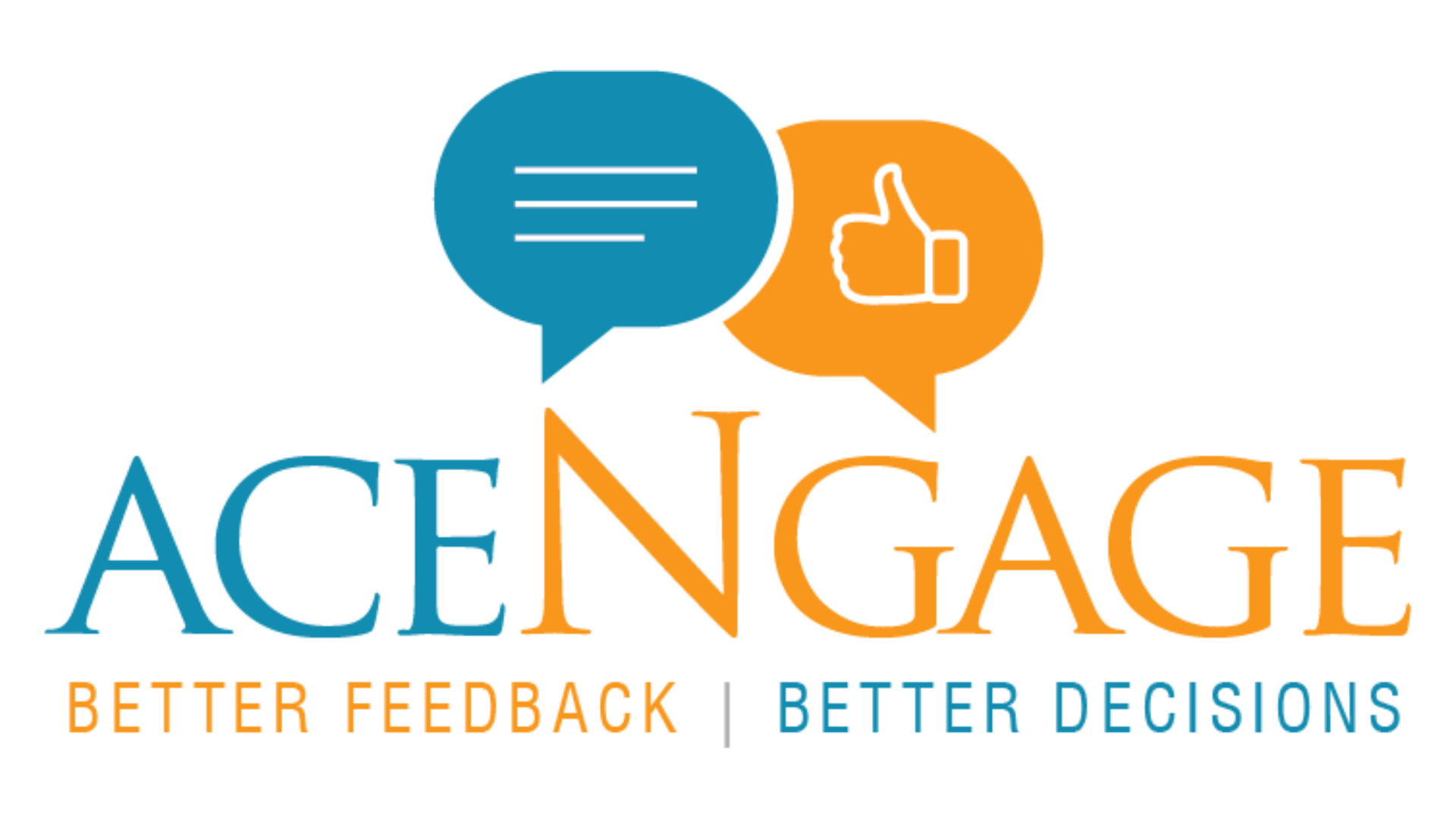[vc_row row_type=”row” text_align=”left”][vc_column][vc_row_inner][vc_column_inner][vc_column_text]Enhancing employee engagement is pivotal for any organization’s success, and employing effective measurement techniques can significantly enhance overall performance. Crafting a robust engagement strategy that harmonizes with company values and objectives while championing work-life equilibrium is paramount. Our intention is to steer you through this process in our blog post.
You will gain insights on conducting engaging surveys to glean actionable information about the drivers of employee satisfaction, productivity, and retention.
Importance of Measuring Employee Engagement
Companies prioritizing measuring and enhancing employee engagement can reap numerous benefits. Engaged employees demonstrate higher retention rates, increased productivity, and elevated levels of customer service. Additionally, they are more inclined to exhibit innovation, creativity, and a strong sense of ownership. Furthermore, engaged employees significantly contribute to fostering a positive company culture, thereby attracting top talent and eventually contributing to the overall success of the business.
Metrics for Measuring Employee Engagement
Employee Satisfaction
Employee satisfaction is a crucial indicator of how fulfilled and content employees are with their roles, work environment, and the overall company culture. This can be assessed through regular surveys, feedback sessions, and one-on-one conversations. High satisfaction levels often reflect positive engagement and can contribute to a thriving work environment. This is also a part of employee engagement programs.
Employee Retention Rate
A strong employee retention rate signifies high levels of commitment and engagement among the workforce. Conversely, a high turnover rate may indicate potential issues with employee engagement and job satisfaction. These factors are crucial in shaping the overall work culture and employment in the workplace.
Productivity Metrics
A strong employee retention rate signifies high levels of commitment and engagement among the workforce. Conversely, a high turnover rate may indicate potential issues with employee engagement and job satisfaction. These factors are crucial in shaping the overall work culture and employment in the workplace.
Explain Why You’re Conducting an Exit Interview
When employees are more engaged, it often leads to increased productivity. By analyzing metrics such as output per employee, sales revenue, or project completion rates, you can assess the impact of engagement on overall performance.
Employee Feedback & Suggestions
In order to enhance the feedback collection process, it is essential to regularly gather input and suggestions from employees regarding their work environment, processes, and tools. Engaged employees are more inclined to provide valuable feedback and propose effective enhancement solutions.
Peer Recognition & Collaboration
Assessing the frequency of peer recognition and collaboration is essential in understanding the dynamics of engaged employees. Engaged employees thrive in team environments, making positive contributions and acknowledging the efforts of their colleagues. This fosters a culture of appreciation and teamwork, which are key elements in the food industry where collaboration and recognition drive success.
Attendance & Punctuality
Engaged employees are more inclined to be punctual and maintain good attendance records. Assessing absenteeism rates can serve as an indicator of the overall level of employee engagement.
Employee Net Promotor Score (eNPS)
The eNPS is a significant metric that gauges employee loyalty and satisfaction through their likelihood of recommending their company as a workplace. This metric holds importance as it reveals the level of employee engagement and their inclination to remain with the company.
The measurement involves a single question: “How likely is it that you would recommend your present employer to a friend or acquaintance?” with answer options ranging from 0 to 10, where 10 indicates “Extremely likely” and 0 indicates “Not at all likely.” The responses are then categorized into Promoters (9, 10), Passives (7, 8), and Detractors (0-6).
Diversity & Inclusion Rate
The Diversity and Inclusion Index is designed to gauge your company’s diversity and inclusivity level. With Eletive, you can effortlessly assess the impact of your diversity initiatives through our tailored question battery. This empowers you to effectively monitor and enhance diversity and inclusion across the entire employee lifecycle.
Summing it Up
Employee engagement measurement is vital for organizations seeking to enhance their performance and overall success. To enhance employee engagement, you can conduct effective surveys that give valuable insights into the drivers of employee satisfaction, productivity, and retention. This data plays an important role in understanding the well-being of the team and the organizational culture, ultimately contributing to a harmonious and productive work environment.
[/vc_column_text][/vc_column_inner][/vc_row_inner][ultimate_spacer height=”30″ height_on_tabs=”25″ height_on_mob_landscape=”20″][vc_row_inner][vc_column_inner][ultimate_spacer height=”20″][ultimate_spacer height=”20″][/vc_column_inner][/vc_row_inner][vc_row_inner][vc_column_inner width=”1/2″][vc_column_text]
[/vc_column_text][/vc_column_inner][vc_column_inner width=”1/2″][vc_column_text]
[/vc_column_text][/vc_column_inner][/vc_row_inner][ultimate_spacer height=”40″][/vc_column][/vc_row][vc_row][vc_column][vc_raw_js]JTNDc2NyaXB0JTIwdHlwZSUzRCUyMmFwcGxpY2F0aW9uJTJGbGQlMkJqc29uJTIyJTNFJTBBJTdCJTBBJTIwJTIwJTIyJTQwY29udGV4dCUyMiUzQSUyMCUyMmh0dHBzJTNBJTJGJTJGc2NoZW1hLm9yZyUyMiUyQyUwQSUyMCUyMCUyMiU0MHR5cGUlMjIlM0ElMjAlMjJCbG9nUG9zdGluZyUyMiUyQyUwQSUyMCUyMCUyMm1haW5FbnRpdHlPZlBhZ2UlMjIlM0ElMjAlN0IlMEElMjAlMjAlMjAlMjAlMjIlNDB0eXBlJTIyJTNBJTIwJTIyV2ViUGFnZSUyMiUyQyUwQSUyMCUyMCUyMCUyMCUyMiU0MGlkJTIyJTNBJTIwJTIyaHR0cHMlM0ElMkYlMkZ3d3cuYWNlbmdhZ2UuY29tJTJGY29tcGFueS1jdWx0dXJlLW1hdHRlcnMtY3JlYXRpbmctaW5jbHVzaXZlLWVudmlyb25tZW50cy1mb3Itd29tZW4lMkYlMjIlMEElMjAlMjAlN0QlMkMlMEElMjAlMjAlMjJoZWFkbGluZSUyMiUzQSUyMCUyMkNPTVBBTlklMjBDVUxUVVJFJTIwTUFUVEVSUyUzQSUyMENSRUFUSU5HJTIwSU5DTFVTSVZFJTIwRU5WSVJPTk1FTlRTJTIwRk9SJTIwV09NRU4lMjIlMkMlMEElMjAlMjAlMjJpbWFnZSUyMiUzQSUyMCUyMmh0dHBzJTNBJTJGJTJGd3d3LmFjZW5nYWdlLmNvbSUyRndwLWNvbnRlbnQlMkZ1cGxvYWRzJTJGMjAyNCUyRjAyJTJGd29tZW4tYXMtbWFuYWdlcnMucG5nJTIyJTJDJTIwJTIwJTBBJTIwJTIwJTIyYXV0aG9yJTIyJTNBJTIwJTdCJTBBJTIwJTIwJTIwJTIwJTIyJTQwdHlwZSUyMiUzQSUyMCUyMk9yZ2FuaXphdGlvbiUyMiUyQyUwQSUyMCUyMCUyMCUyMCUyMm5hbWUlMjIlM0ElMjAlMjJBY2VuZ2FnZSUyMiUyQyUwQSUyMCUyMCUyMCUyMCUyMnVybCUyMiUzQSUyMCUyMmh0dHBzJTNBJTJGJTJGd3d3LmFjZW5nYWdlLmNvbSUyRiUyMiUwQSUyMCUyMCU3RCUyQyUyMCUyMCUwQSUyMCUyMCUyMnB1Ymxpc2hlciUyMiUzQSUyMCU3QiUwQSUyMCUyMCUyMCUyMCUyMiU0MHR5cGUlMjIlM0ElMjAlMjJPcmdhbml6YXRpb24lMjIlMkMlMEElMjAlMjAlMjAlMjAlMjJuYW1lJTIyJTNBJTIwJTIyJTIyJTJDJTBBJTIwJTIwJTIwJTIwJTIybG9nbyUyMiUzQSUyMCU3QiUwQSUyMCUyMCUyMCUyMCUyMCUyMCUyMiU0MHR5cGUlMjIlM0ElMjAlMjJJbWFnZU9iamVjdCUyMiUyQyUwQSUyMCUyMCUyMCUyMCUyMCUyMCUyMnVybCUyMiUzQSUyMCUyMmh0dHBzJTNBJTJGJTJGd3d3LmFjZW5nYWdlLmNvbSUyRndwLWNvbnRlbnQlMkZ1cGxvYWRzJTJGMjAyMSUyRjExJTJGYWNlbmdhZ2UtbG9nby5wbmclMjIlMEElMjAlMjAlMjAlMjAlN0QlMEElMjAlMjAlN0QlMkMlMEElMjAlMjAlMjJkYXRlUHVibGlzaGVkJTIyJTNBJTIwJTIyMjAyNC0wMi0wNiUyMiUwQSU3RCUwQSUzQyUyRnNjcmlwdCUzRSUwQQ==[/vc_raw_js][/vc_column][/vc_row]







